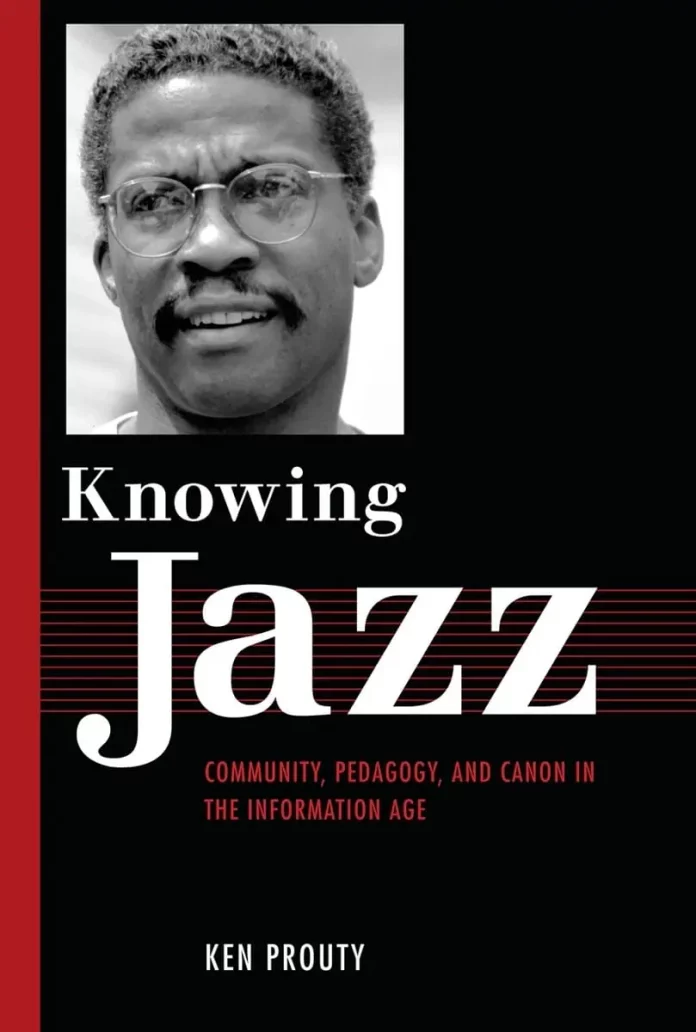Ken Prouty, the author of these two books, is a thinker. He’s also a jazz trombonist and associate professor of musicology and jazz studies at Michigan State University. Mr. Prouty’s thoughts are certainly interesting but potential readers should be aware that Knowing Jazz has no discussion of specific recordings or musicians, though some well-known names are inevitably mentioned from time to time.
Knowing Jazz was published in 2012 and has a subtitle: Community, Pedagogy And Canon In The Information Age. (It may be helpful to know that “pedagogy” is the theory behind the practical act of teaching and that “canon” here signifies a line of the most significant musicians who contributed to jazz evolution.)
The first chapter asks what is “the jazz community”, considers various ways of assessing this and concludes that the major part of this community consists of people (like you and me) who listen to jazz that’s recorded. The second chapter considers the history of jazz education in American colleges – an education almost exclusively concerned with playing jazz rather than reading or writing about it. As both teacher and former student, the author is able to deal with this in depth.
Reading and writing about jazz is the subject of the next chapter and here the significance of “canon” becomes clear. Two further chapters deal with communications about jazz on the Internet (including conflict over contributions to Wikipedia) and “the global jazz community”, considering possibilities that the USA, as “the home of jazz”, becomes less significant as jazz spreads around the world. While most of this book was of interest to me, it would have been more interesting if I were involved, like the author, in jazz education in the USA.
Learning Jazz is a sequel to Knowing Jazz, published 12 years later. This time the subtitle reads: Jazz Education, History and Public Pedagogy. I was immediately intrigued by the first chapter in which the author (who is, remember, a trombonist) critically examines written materials produced in the 1920s to help musicians to play “hot trombone”. (Some of these bore the names of Miff Mole, Tommy Dorsey or Glenn Miller.) In the next chapter the author’s study of the tendency of some writers to “rescue from obscurity musicians they consider under-appreciated” reminds me that Jazz Journal once had a series called The Forgotten Ones. In this chapter, unlike the earlier book, names do appear and Dave Schildkraut is considered at some length as “forgotten” or “ignored”. In the next chapter it’s Stan Kenton and Maynard Ferguson, who are considered at length and were clearly admired by the author when he was a student. Two more chapters cover jazz education’s “Race Problem” and Jazz People And Public Pedagogies, the latter considering how to tackle the American public’s declining interest in jazz. I finish by saying you need to be very interested in jazz, and matters related to it, to find satisfaction in either of these books, and if you wish to sample one, Learning Jazz is the one to try.
Knowing Jazz by Ken Prouty. University Press of Mississippi, pb, 177pp and 31pp notes and index. ISBN 978-1-61703-944-7.
Learning Jazz by Ken Prouty. University Press of Mississippi, pb, 198pp and 33pp notes and index. ISBN 978-1-4968-4791-1.
















